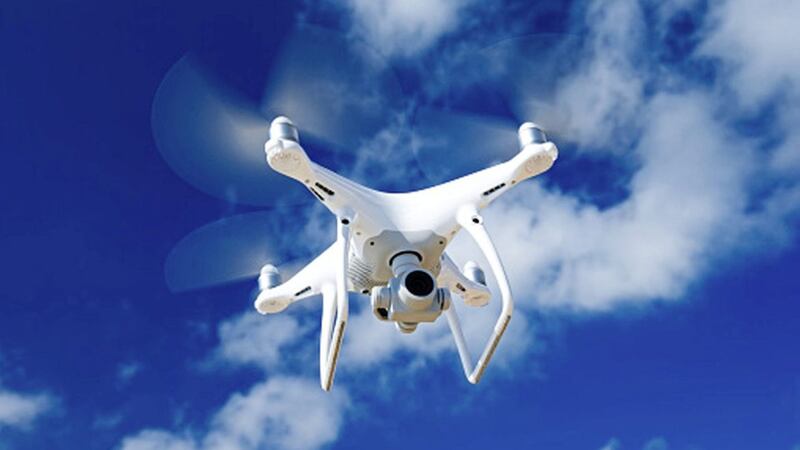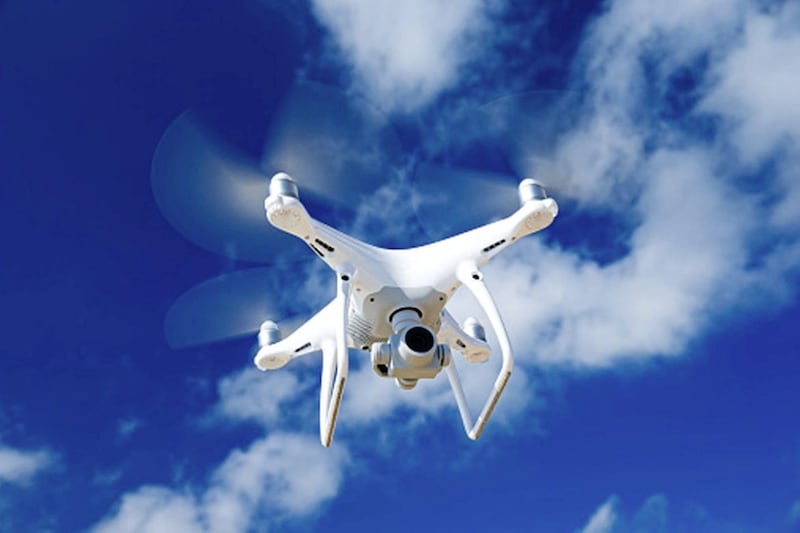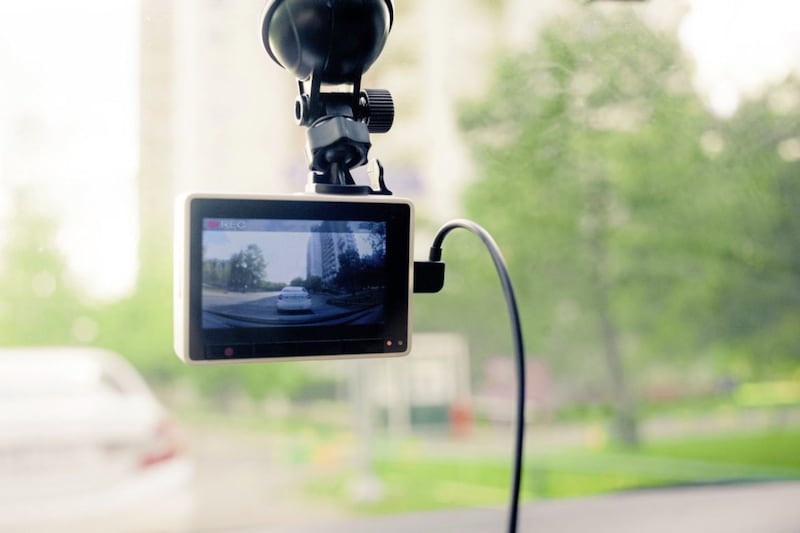ONCE the preserve of the military, drones are now used in a wide range of industries, from aerial surveillance of crops, to search and rescue operations. Companies such as Amazon, UPS and NASA have invested heavily in the future technology of drones and civilian use has also grown as the devices become cheaper and more widely accessible.
However the innovative drone industry does not come without its threats when used irresponsibly and illegally. In November, the British Airline Pilots Association (Balpa) stated that there had been 81 reported incidents of drone near misses with aircrafts so far that year, and in December ten individuals were sentenced for the smuggling of drugs and phones into prisons.
It is therefore not surprising that draft legislation, the Drone Bill, is due to be published in spring 2018 alongside changes to the Air Navigation Order. The new legislation is intended to strike a balance between enabling the revolution of drone technology and ensuring that drone operators act safely and legally. But what does it mean in practice?
The draft Drone Bill will give police officers the right to order operators to ground drones where necessary and seize parts of the drone to prove whether the device has been used to commit an offence.
Additionally, changes to the Air Navigation Order will increase accountability by requiring drone users to sit safety awareness tests and users of drones weighing over 250 grams to be registered before they take to the air. The new proposals will require users to access particular apps to ensure a safe and legal flight for their drone, whilst the government is working alongside drone manufacturers to prevent drones from entering restricted zones.
The purpose of the new laws is to ensure that users are competent flyers and the registration system creates traceability for those misusing their drones. The issue of privacy is one area of which the new rules appear silent. However, exact details of the drone legislation have yet to be revealed in their entirety.
Users will be responsible for any damage caused during their flight so it may be worthwhile exploring insurance cover, as this will offer protection in the event that they injure someone or damage property.
Until the new legislation is enacted, it may be useful to remind ourselves of the current rules surrounding the use of drones. Rules in respect of drone usage are laid out in the Civil Aviation Authority’s Drone Code. The CCA recommends the following to ensure safe use of your drone:
:: Always keep your drone in sight to ensure you can see and avoid other things when flying
:: Stay below 400ft (120m) to reduce the chance of collision
:: Follow manufacturer’s instructions to ensure you keep your drone and others safe
:: Keep 150ft (50m) away from people and properties and 500ft (150m) away from crowds and built up areas
:: The legal responsibility lies with you and failure to fly your drone responsibly could result in a criminal conviction
:: Stay clear from aircrafts, airports and airfields
It is worth noting that the PSNI have stated that individuals who misuse drones may also be in breach of other laws including disorderly behaviour, voyeurism, breach of the peace, criminal damage or harassment.
:: Imelda McMillan (imelda.mcmillan@oreillystewart.com / 028 9032 1000) is a director at O’Reilly Stewart Solicitors (www.oreillystewart.com)








